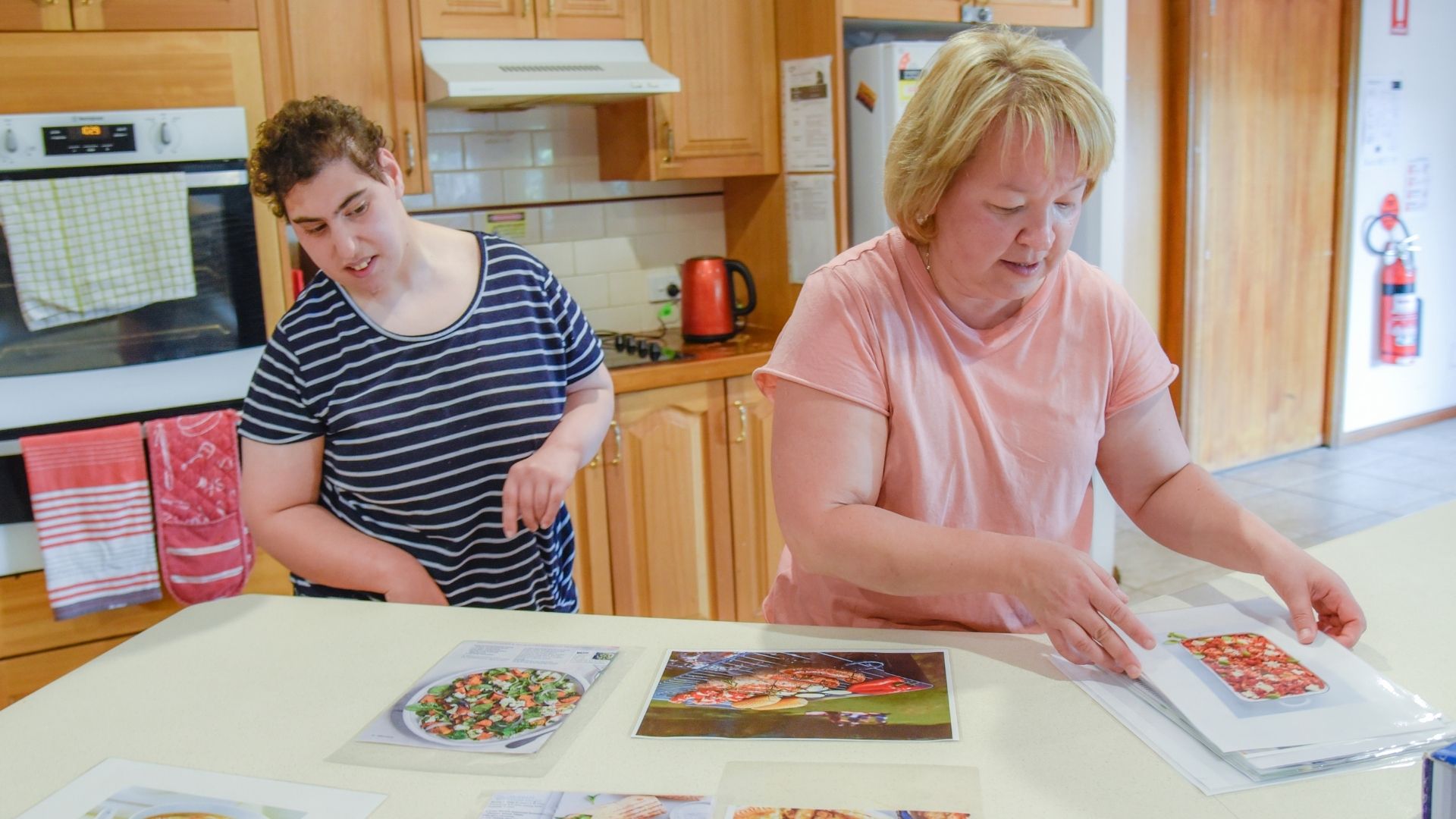
A lot’s changed in the past six months when it comes to SIL funding and the NDIA, and the next 12 months are likely to see more change in the wake of NDIA consultation with participants and providers. To help you navigate the ever changing landscape of funding applications, we’re putting together a series of posts relating to SIL and the NDIA.
What is SIL?
Some people living with disability need supports throughout the day and overnight in order to live as independently as possible. Supported Independent Living (SIL) is the funding provided by the National Disability Insurance Scheme (NDIS) that allows those needing 24/7 support to live in a shared home environment. SIL includes the personal supports provided during the day and overnight within the home environment. Supports focus on developing skills and assisting and supervising daily tasks. Civic is an established and trusted SIL provider, supporting those living in a shared living environment to maximise their independence and achieve their goals.
Choice and Control
SIL refers to the supports you receive in the home, and is separate to core supports and tenancy, providing choice and control over who provides supports and when.
What’s changed?
Every year, the NDIA release a price guide which includes the line items service providers use to quote for a service. In July 2020, the NDIA introduced a wide range of changes to the way in which SIL would be funded. These changes impact anyone applying for SIL funding and, when you’re chatting with your support coordinator, planner and service provider, it’s helpful to be up to speed on the expectations of the NDIA. Here’s a quick wrap up of what changed in July:
- SIL Pricing was capped
Previously, providers would send in a quote for the provision of SIL supports. This would then be approved by the NDIA. Now, providers use a set line item within the price guide, which dictates the upper price limit for the delivery of SIL supports. There is a different price limit dependent on the day of the week, and the time of day the supports are being delivered, but providers cannot quote or claim more than the capped amount. - Regular and Irregular Supports were split
Since July, anyone receiving SIL funding receives two service bookings – one to cover the delivery of ‘regular’ SIL supports (that is supports delivered during a ‘typical’ week); and one to cover the delivery of unplanned, or ‘irregular’ supports. These are unexpected supports, for example when you need to stay home because you’re unable to go to work. Because the funding for each of these streams of support was split, the process for claiming these supports also changed. - SIL prices grouped into Standard and Higher classifications.
Prior to July 2020, SIL prices were classified into “lower”, “standard” and “higher” rates. In July 2020, the “lower” rate was removed, with existing quotes continuing until the end of their 12 month term, but being reclassified at the end of the funding period. - The Roster of Care must be seen and approved by participants.
To encourage more consultation and strengthen the relationship between clients and their providers, SIL providers are now required to share the Roster of Care with clients, and seek their approval prior to submitting to the NDIA for funding.
Which begs the question, what exactly is a roster of care? This is a question we’ve been asked a lot in the past six months, as we support clients in compiling their funding application.
What is a Roster of Care?
Essentially, a Roster of Care (we call it a ROC), is a tool used by the NDIA to calculate the cost to provide the supports a person needs to support them living in accommodation.
It’s an Excel Spreadsheet which documents the supports needed in a house during a typical week, based on the people living in the house.
It is broken down into half-hour sections, and needs to be completed by the SIL provider in close consultation with the participant, their support coordinator and/or nominee, to document the ratio of support the participant needs during each half hour period of the week, while taking into consideration the support needs of the others who will be, or who already live in the house.
As well as reviewing the supports required during a typical week, the RoC also allows providers to document irregular supports and adjustments that may affect a typical week, and which need to be taken into consideration when determining funding.
The Roster of Care is accompanied by a RoC Submission Template. This is a Word document that allows participants to provide a detailed written commentary that fully explains and justifies the funding request in the RoC, and references the evidence (reports) that will be attached to the funding application.
Still got questions? Call our Customer Experience Team on 1300 692 484 or email enquiries@civic.org.au and request a SIL information session. We’ll book in a 30 minute video or phone session to answer any questions you have relating to SIL.



